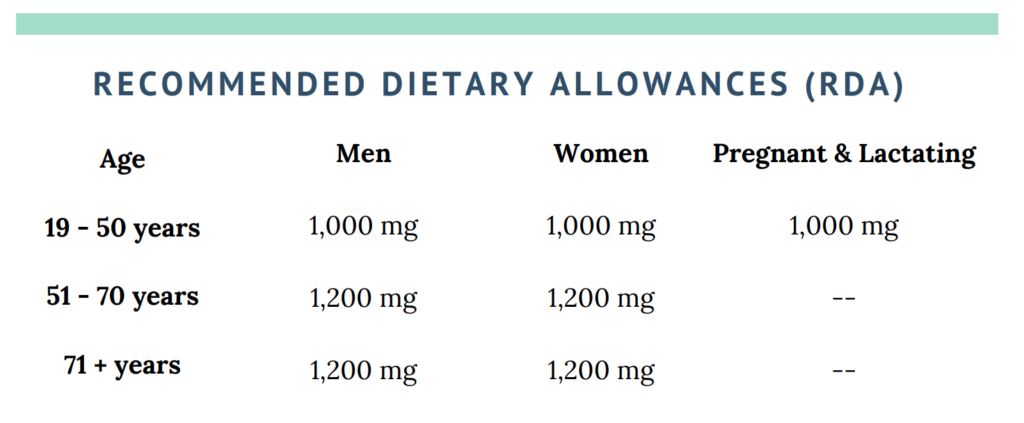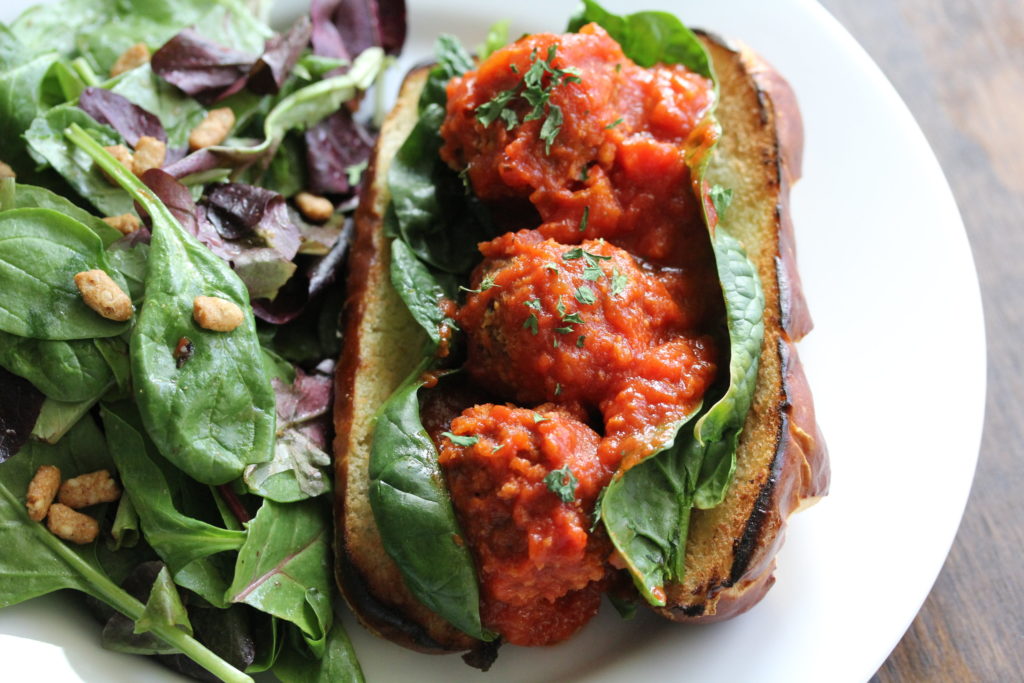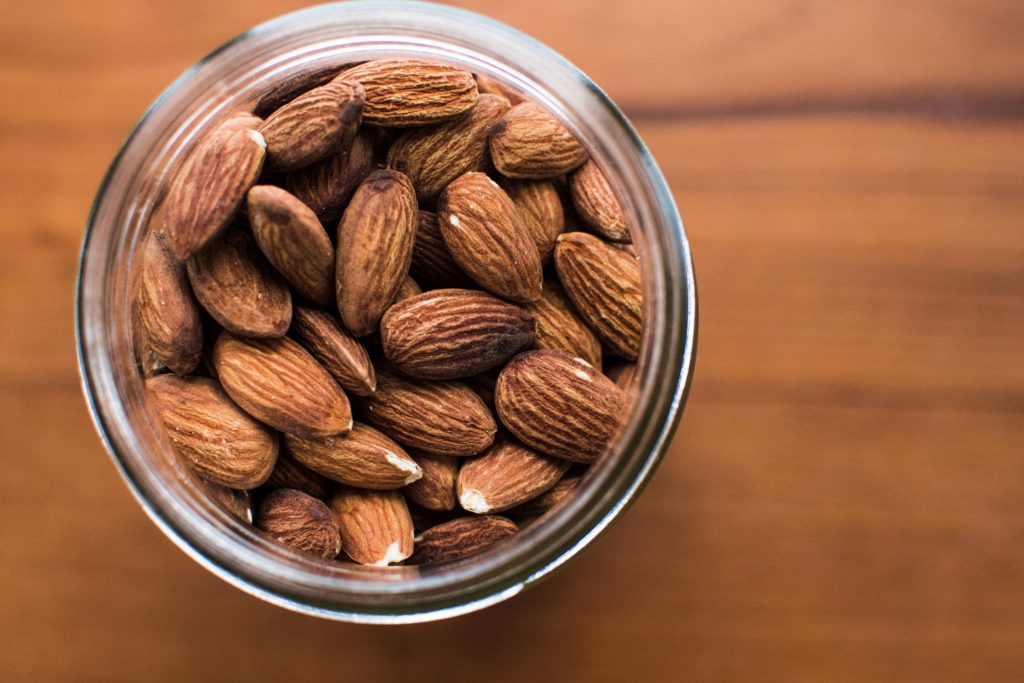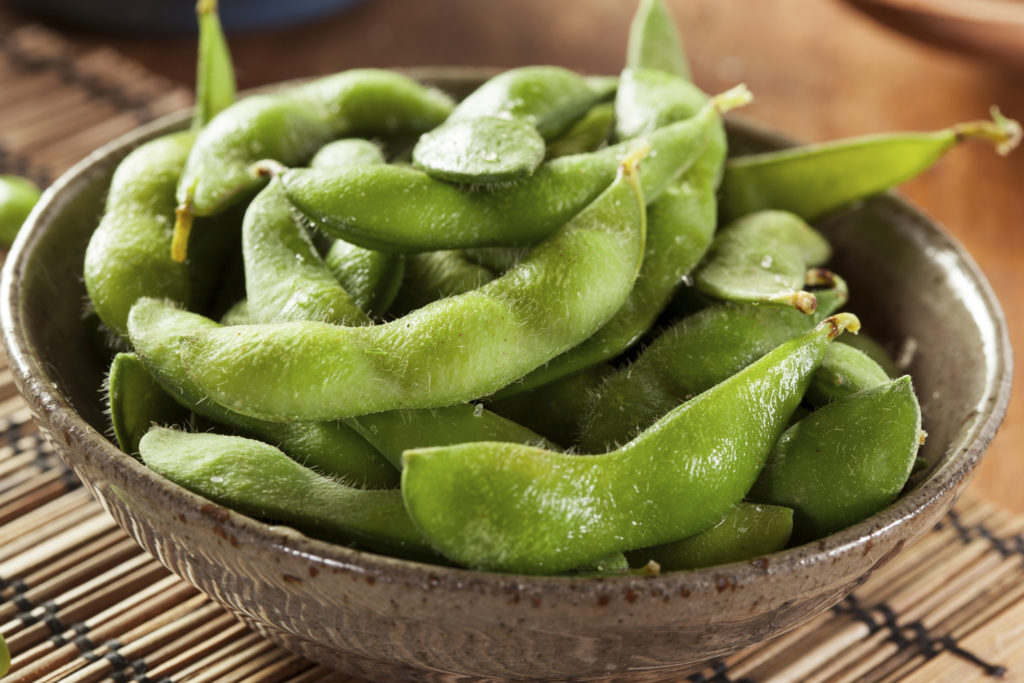The Wholesome Journey - Group Nutrition Coaching Program
Mentorship Program, 1:1 Nutrition Coaching with Alison
What do you want to learn more about?
Program Login
Podcast Features
July 11, 2019
Alison Tierney, MS, RD, CD, CSO
Alison is a registered dietitian, board-certified in oncology nutrition, and a cancer thriver. Her expertise in oncology nutrition and personal experience with her own cancer diagnosis and its treatment provide her with the unique perspective of being able to relate to her clients on an entirely different level. Her content is consistently focused on evidence-based guidelines and seeks to increase the awareness of the power of nutrition to complement traditional cancer therapies.
- Alison Tierney, MS, RD, CD, CSO
- Alison Tierney, MS, RD, CD, CSO
- Alison Tierney, MS, RD, CD, CSO
- Alison Tierney, MS, RD, CD, CSO
- Alison Tierney, MS, RD, CD, CSO
- Alison Tierney, MS, RD, CD, CSO
- Alison Tierney, MS, RD, CD, CSO
- Alison Tierney, MS, RD, CD, CSO
- Alison Tierney, MS, RD, CD, CSO
- Alison Tierney, MS, RD, CD, CSO
If you read our Top 5 Tips for Bone Health post, you learned Alison’s first tip is ‘consume plant-based foods rich in calcium’.
If you haven’t already explored that post, I recommend you read it. It dives into why we avoid dairy as a calcium source and why these plant-based sources make it entirely possible to get enough calcium living a plant-based lifestyle.
Here are the recommended dietary allowances (RDA) for calcium*:

1. Northern White Beans – 165 mg for ½ cup
I think white beans are underrated. While black beans have a similar calcium content, I wanted to put a spotlight on white beans because of their versatility.
We use white beans in our household on a regular basis and love them in our Bean Ball Sandwiches.

I have seen white beans used to make hummus, dressings, and even “cheese” sauce. That’s because white beans create a creamy texture even in plant-based dishes. Take this Oil-Free Italian Dressing for example. When we made this for a group, no one knew what made the dressing so creamy!
2. Kale – 90 mg for 1 cup
HEAR ME OUT. DON’T SCROLL PAST THIS ONE!!! Trust me, I know most of you want to ignore kale.

I used to think it was terrible, but I never gave it a chance. After trying to incorporate greens on a daily basis, I had to start mixing it up. To introduce my taste buds to kale, I started with Baby Kale. Yes, there is such a thing, just like baby spinach.
It’s not chewy like curly kale, it has a similar texture to baby spinach.
If you aren’t already a kale person, I double dog dare you try it. Mix it in with your favorite greens and our Caesar Almond Dressing to slowly expose yourself. Then start exploring different varieties.
Pro Tip: While spinach has a high calcium content (135 mg per ½ cup) isn’t highly absorbable, which is why it didn’t make our list. (1)
3. Almonds – 75 mg for 1 oz

If you are paying attention, you realize I chose something the main ingredient in the dressing I just listed above.
Make a salad with some kale and the Caesar Almond Dressing and you have a calcium double whammy!
Of course, you won’t get a full 75 mg through the dressing. The simplest way to get some calcium (and other great nutrients) is to take a small handful of almonds for a delicious snack!
4. Edamame – 60 mg for ½ cup

Did you know edamame is an immature soybean? It’s harvested while the beans are still soft making it delicious and edible. Mature soybeans are a different story, that’s why you don’t see plain old soybeans in the grocery store. They are usually processed into soymilk, tofu, soybean oil, etc.
If we go to an Asian restaurant, you better believe my husband is eyeing up the edamame. He loves it! We usually always have a bag of frozen shelled organic edamame in the freezer.
I recommend you try Teriyaki Cauliflower Rice Bowls to get your intake of edamame. With the combination of edamame, sweet potatoes and cauliflower you’ll get about 160 mg of calcium per serving!
If you are skeptical about soy, I encourage you to read Alison’s post on Soy & Cancer. It’s extremely insightful and will have you thinking differently about soy.
5. Oatly – Original Oat Milk – 350 mg per 1 cup
While this item has fortified calcium (calcium carbonate), it still makes for a great source.

My favorite way to use oat milk is in SMOOTHIES! It adds the perfect amount of creaminess to help achieve your favorite smoothie consistency.
For me, making a smoothie is as easy as adding any frozen fruit you have on hand and blending it with almond milk. But if you want a recipe to follow, I recommend trying Alison’s Berry Oat Smoothie.
Pro Tip: The best way to help your body absorb calcium is getting enough vitamin D. How do you get vitamin D? Sunlight — UVB rays to be specific. If you are below 60 years old, live below 30 degrees latitude and average 15-minutes of midday sun exposure to your forearms and face without sunscreen — you may not need a supplement (2). If you have darker skin or older than 60 years, you may need 30-minutes or more of exposure (3,4). However, wearing sunscreen prevents the production of vitamin D while also increasing the risk of skin damage, burn, and cancer.
❤️lauren
Comment Below: What are you favorite ways to incorporate these good calcium foods?
References:
- Greger, M., MD, FACLM. (2008, September 5). Retrieved from https://nutritionfacts.org/video/plant-vs-cow-calcium-2/
- Greger, M., MD, FACLM. (2015). How not to die: Discover the foods scientifically proven to prevent and reverse disease. New York, NY: Pan Books.
- HARRIS SS. Vitamin D and African Americans. J Nutr. 2006;136(4):1126-9.
- Holick MF, Matsuoka LY, Wortsman J. Age, vitamin D, and solar ultraviolet. Lancet. 1989;2(8671):1104-5.
*Calcium content of food sourced from USDA Food Composition Database.
Five Plant-Based Sources of Calcium
Wholesome LLC is not a medical practice, and its employees cannot offer medical advice. This website provides educational information but it is not a substitute for medical advice from a licensed medical professional who is familiar with your particular facts and circumstances. The information contained on this website is not intended to diagnose, treat, or cure any disease and shall not be construed as medical advice. The information and education on this website is provided for you to use at your own discretion.
You can further review our disclaimer here.
Wholesome
About Alison
Courses & Programs
The Wholesome Journey
Free Resources
FAQs
Press & Media
Recipes
Blog
Contact Us
Shop
© 2025 Wholesome, LLC All rights reserved.
Privacy Policy
Terms of Use
Disclaimer
Mobile Terms of Service